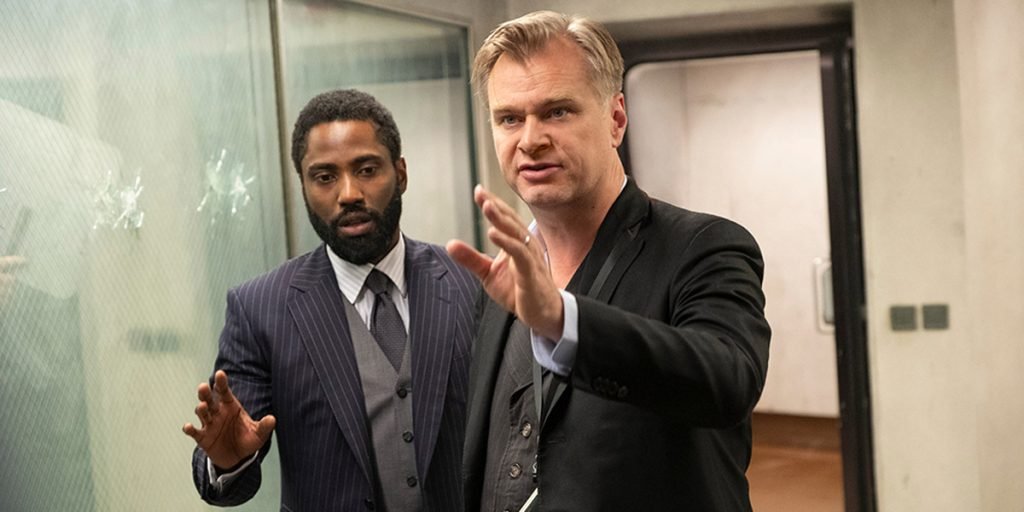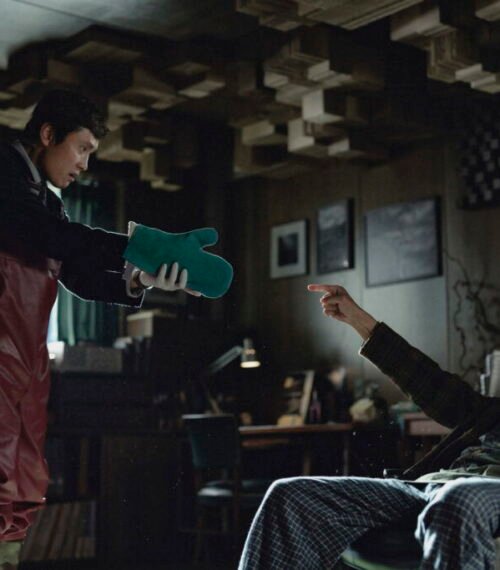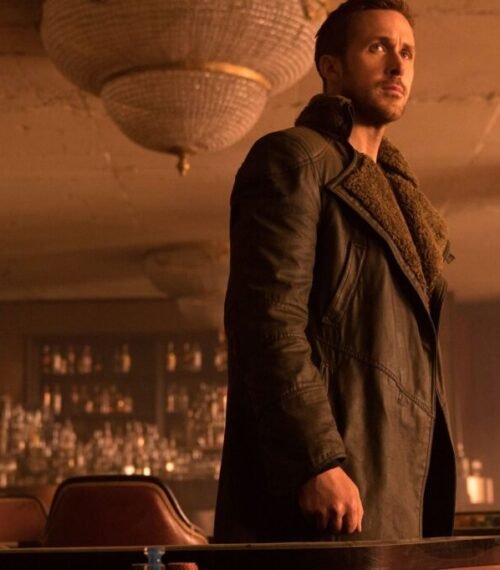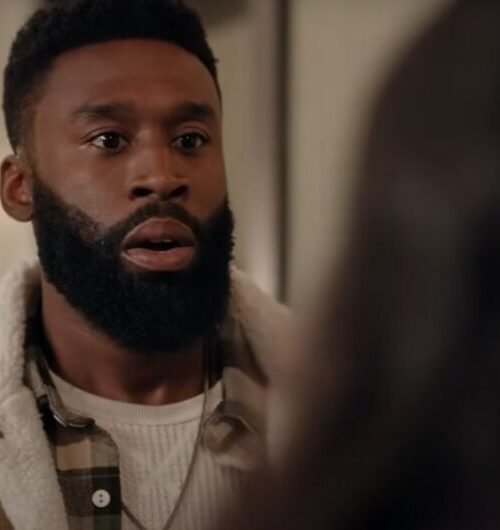Every great director has that one movie that fans pretend doesn’t exist. In fact, sometimes even the filmmakers refuse to recall or be associated with those films. And whether it’s Christopher Nolan or Hayao Miyazaki, every acclaimed filmmaker has stumbled at least once, with certain films that aren’t necessarily terrible; they just don’t live up to their creative genius.
Because when compared to their masterpieces, these films definitely fall short. So today, in this list, we’re ranking the worst movies made by your favorite directors. You know, the ones that remind us even legends have off days. Well, without further ado, let’s dive into the cinematic misfires that left us majorly disappointed.
1. Christopher Nolan — Tenet
Tenet is by far Christopher Nolan’s most confusing movie. While people might suggest Insomnia and Following as his less successful films, this 2020 movie felt like a challenge to follow through. The story follows a secret agent who learns how to move backward through time to stop a world-ending disaster.
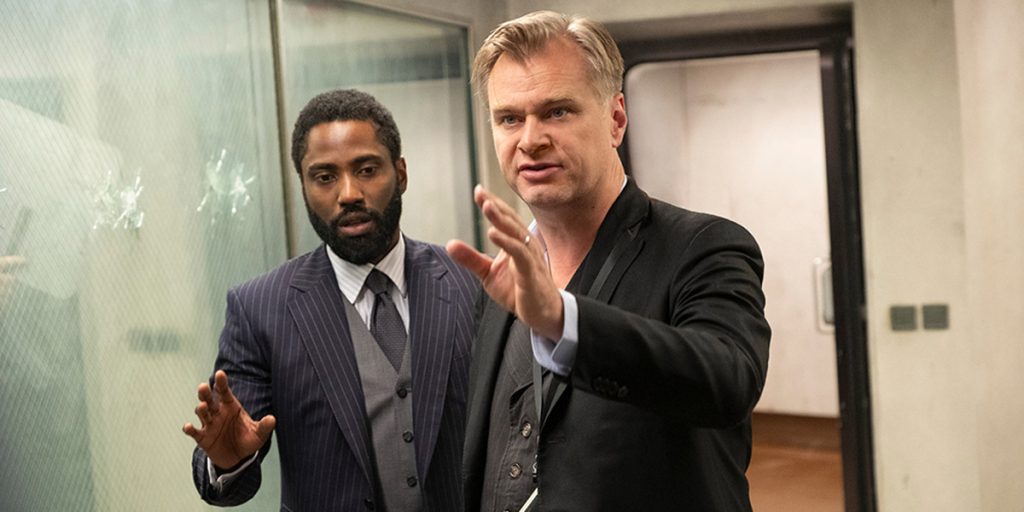
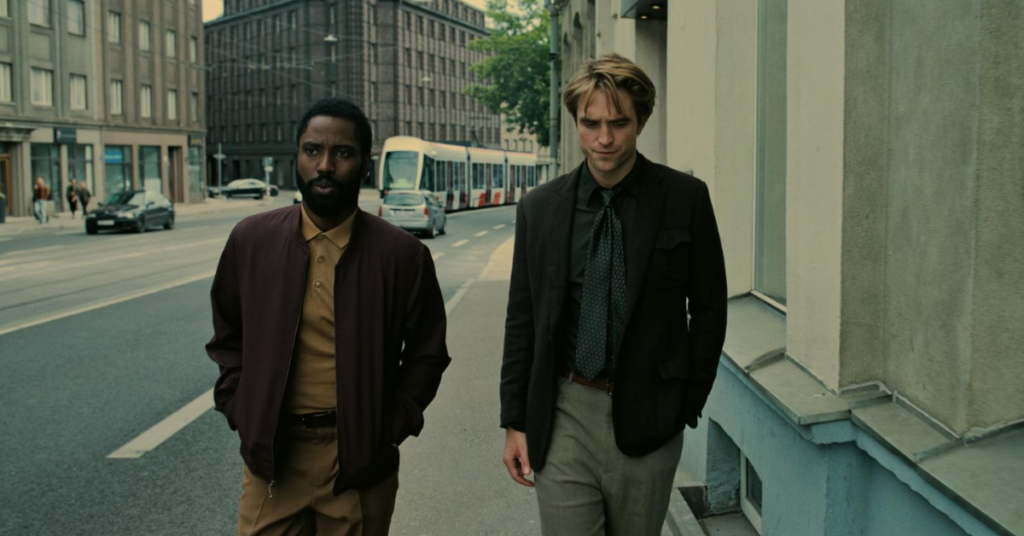
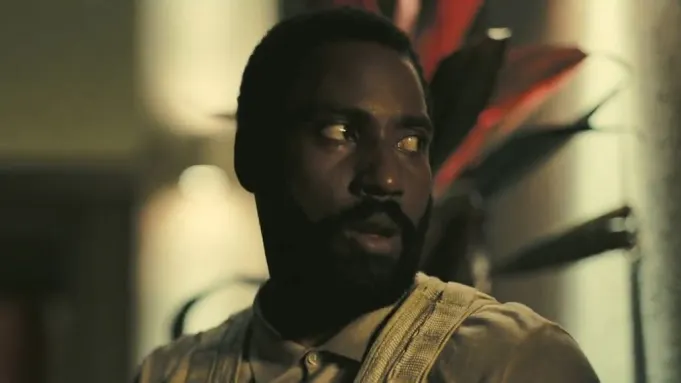
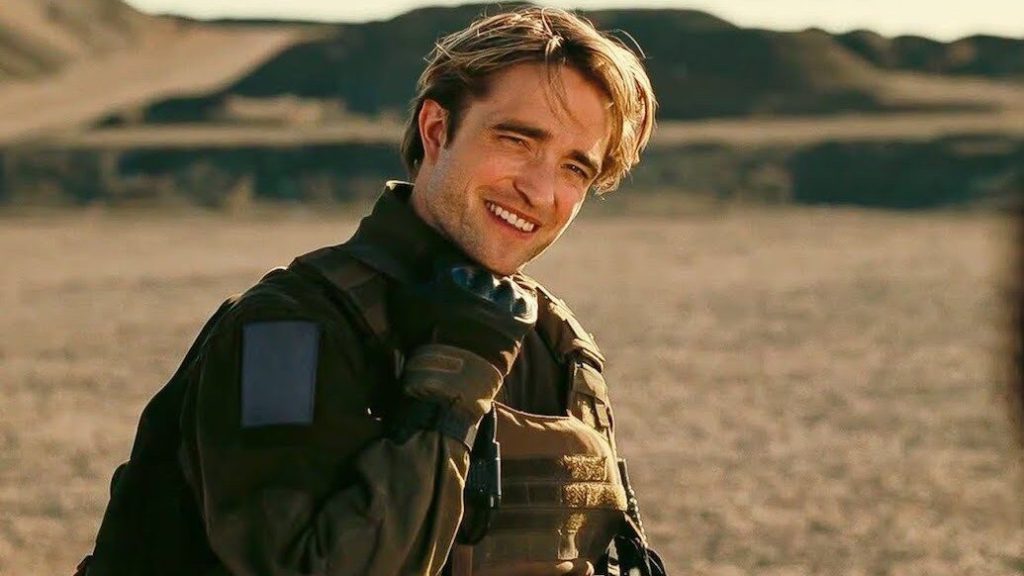
Naturally, it feels like a classic Nolan trope, filled with car chases, gunfights, and wild time tricks. But sadly, the director made the plot so complicated that most people couldn’t follow it. It’s almost like after being criticized for making Inception too exposition-heavy, Nolan decided not to explain anything in Tenet.
Still, the film looks amazing, and the action scenes are jaw-dropping. The director’s ambition is clear, but Tenet proves that sometimes, too many ideas can make even a genius lose his way.
2. Martin Scorsese — Boxcar Bertha
While it might not be justified to pull out one of Martin Scorsese’s earliest movies and call it his worst, it is what it is. Set in the 1930s, Boxcar Bertha is by far the director’s shabbiest film. The story follows Bertha, a young woman who joins Big Bill Shelly to fight against greedy railroad bosses.
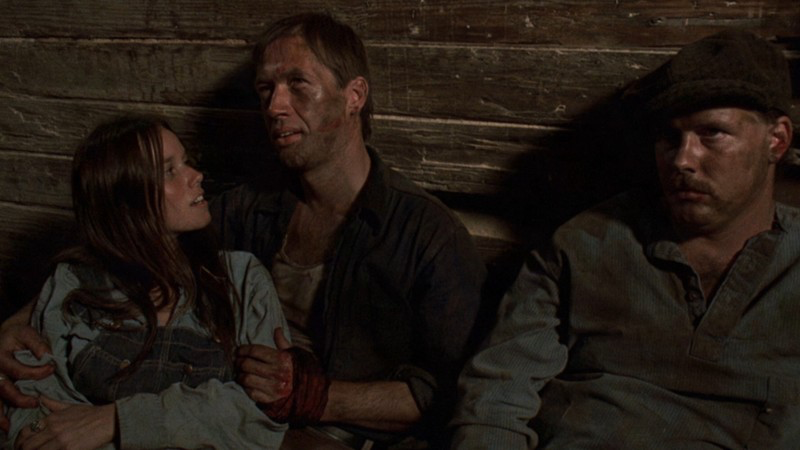
Along the way, they fall in love and get caught in violent chaos. Now, considering how Scorsese was still new to directing films, he tried to mix romance and rebellion, all in one. Naturally, it turned out to be messy and lacked Scorsese’s sharp storytelling. Even the characters and the plot turned out to lack depth.
Still, you can spot glimpses of Scorsese’s future style, gritty energy, bold camera work, and a love for flawed characters. But that doesn’t negate the fact that it’s a weak start from a master.
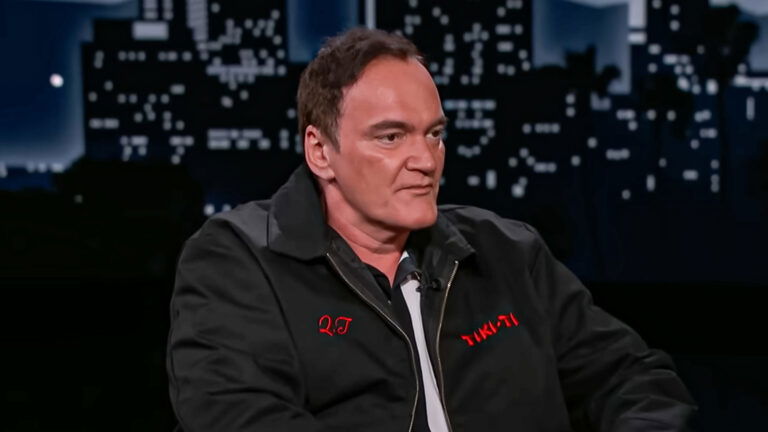
What Quentin Tarantino Has Said About His Foot Fetish and The Other Directors Who Did It Before
3. Quentin Tarantino — Death Proof
When even the filmmaker considers it his weakest effort, a “left-handed movie”, who are we to argue? Turns out, Quentin Tarantino has been vocal about how bad his 2007 movie, Death Proof turned out to be. The film follows a creepy stuntman named Mike who uses his car to kill women, thinking he’s untouchable.
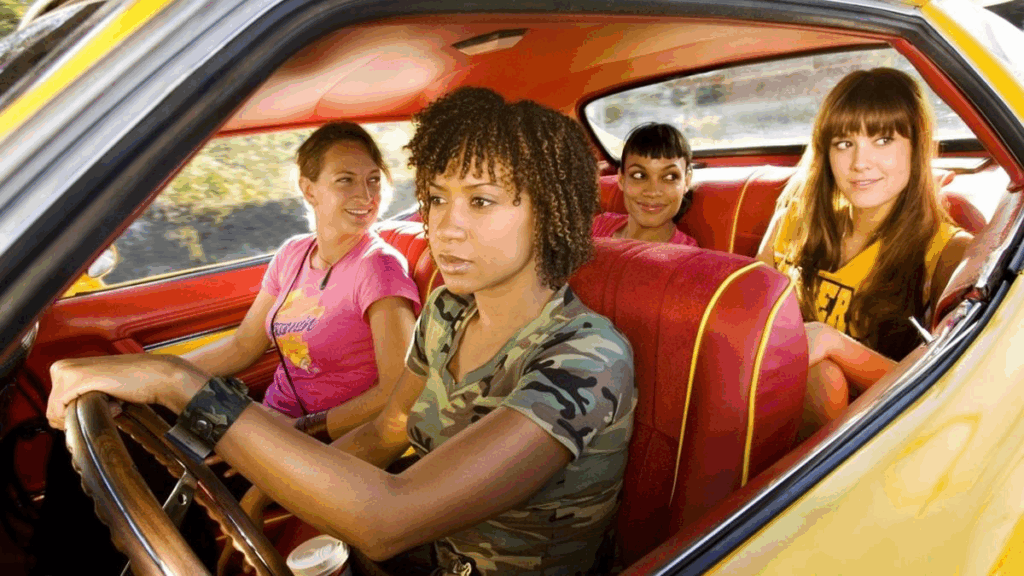
But things change when he targets the wrong group, a tough stuntwoman and her friends, who turn the tables on him. Meanwhile, Death Proof moves slowly, with long talks and not much action until the end. It’s the third act where all the visceral and terrifying car chases happen.
So, through the majority of it, fans felt that the movie was too self-indulgent and didn’t have Tarantino’s usual sharp energy. Still, Kurt Russell delivered a chilling performance, and certain stunts with no CGI felt rather thrilling.
4. Bong Joon Ho — Mickey 17
Don’t come at us for saying this, but Mickey 17, despite starring Hollywood heartthrob Robert Pattinson and being one of the highly anticipated films of 2025, turned out to be Bong Joon Ho’s worst project. At its core, the film tells the story of a man who keeps getting cloned after every death, forced to serve on a harsh new planet.
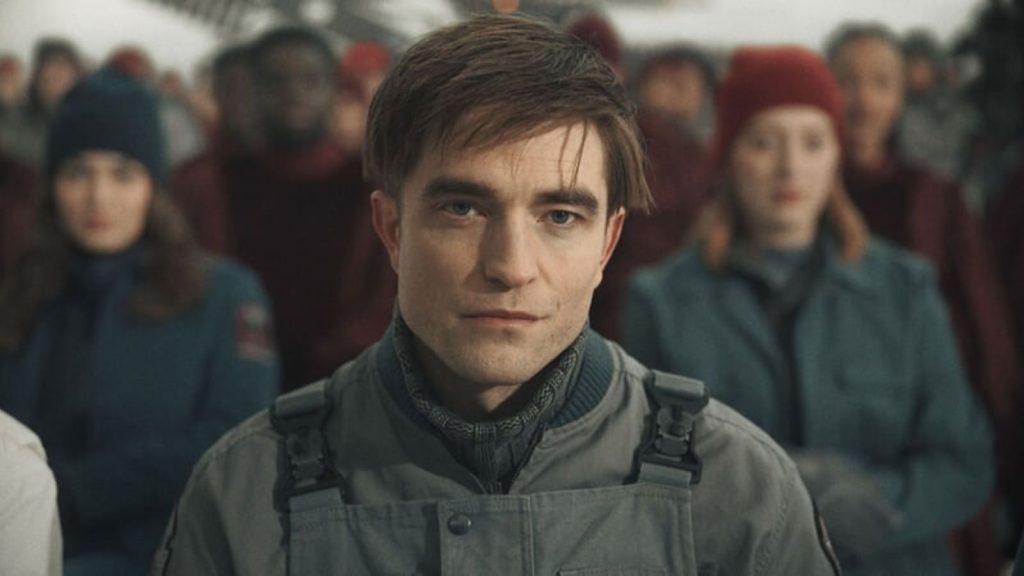
Going by the plot, it’s easy to understand that Mickey 17 is a wild sci-fi idea with a deep message about humanity and identity. But somehow, it still feels messy and confusing, with storylines that don’t fit together well. Some characters act strangely, and Mark Ruffalo’s over-the-top role makes things worse.
The worst part is that the film tries to say too much at once and loses focus. Still, Pattinson gave a great performance, and Bong Joon Ho’s direction and visuals are stunning. So, all we can say is, even at his weakest, Joon Ho remains bold and original.
5. Park Chan-wook — Trio
It won’t be unfair to say that Park Chan-wook’s Trio is so bad that people have almost erased it from their memories. The movie follows three struggling people who decide to rob a band, hoping it will solve their problems. Further, Trio also has hints of the revenge and desperation themes Park Chan-wook would later master.
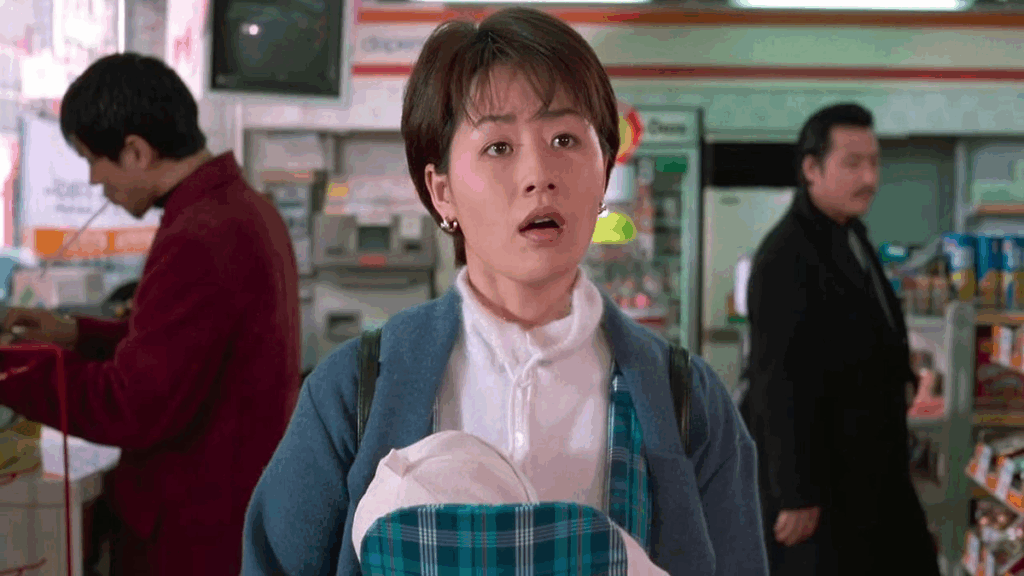
But sadly, as for this movie, those themes never quite landed. The story feels uneven, and the tone swings awkwardly between action and drama. It also lacks the bold style and emotional punch that made the filmmaker’s later films unforgettable. You know, like pushing boundaries and intense displays of graphic violence.
Now, although Trio opts for a more commercial approach to the action, it’s still interesting to see early signs of Chan-wook’s signature ideas that would soon become legendary.
6. Wong Kar Wai — Ashes of Time
Even though the big-budget martial arts epic, Ashes of Time, was supposed to catapult Wong Kar Wai among the greatest commercial Hong Kong directors, this 1994 movie turned out to be so inscrutable that even Kar Wai’s fans struggled to make sense of it. At its core, the film is a martial arts epic set in ancient China.
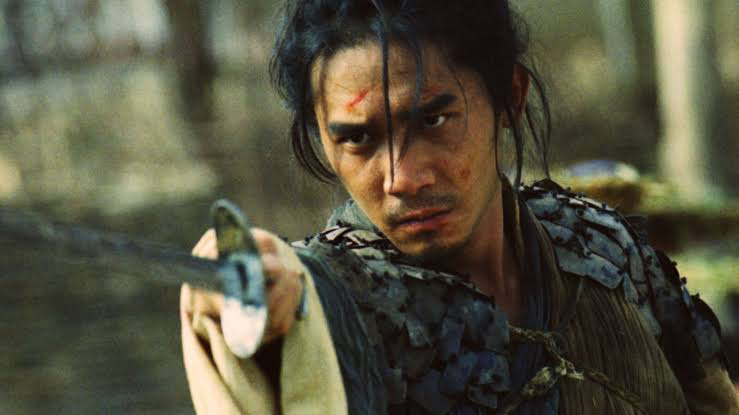
It follows lonely warriors and lost lovers tangled in stories of heartbreak and revenge. Now, while the film looks beautiful, the plot is hard to follow because of its haphazard mix of action and deep feelings that eventually lose focus. Plus, fans have also complained that the story moves very slowly.
Still, the visuals are stunning, and the dreamy atmosphere feels uniquely Wong Kar Wai. And while Ashes of Time may not make much sense, at least it’s still gorgeous to look at.
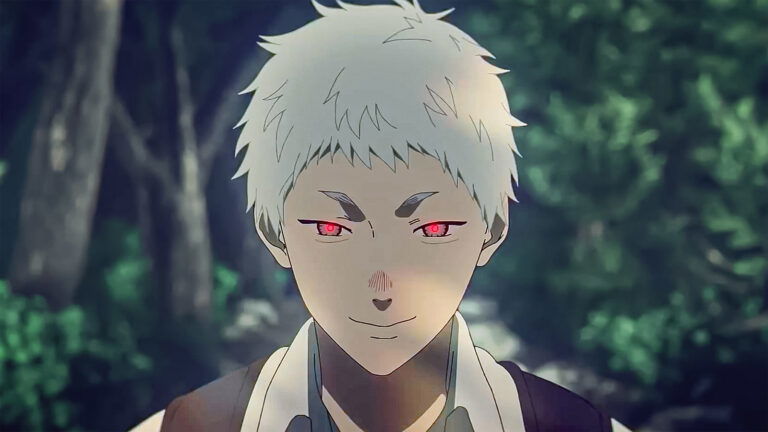
The Summer Hikaru Died Was Inspired by Two Legendary Hollywood Directors, Author Confirms
7. Paul Thomas Anderson — Inherent Vice
To be honest, the plot for Inherent Vice is so dense that it was probably destined to be the most under-appreciated of Paul Thomas Anderson’s films. It’s a strung-out noir odyssey that follows a stoner detective named Doc, played by Joaquin Phoenix, who gets tangled in a messy web of missing people, drugs, and strange conspiracies in 1970s California.
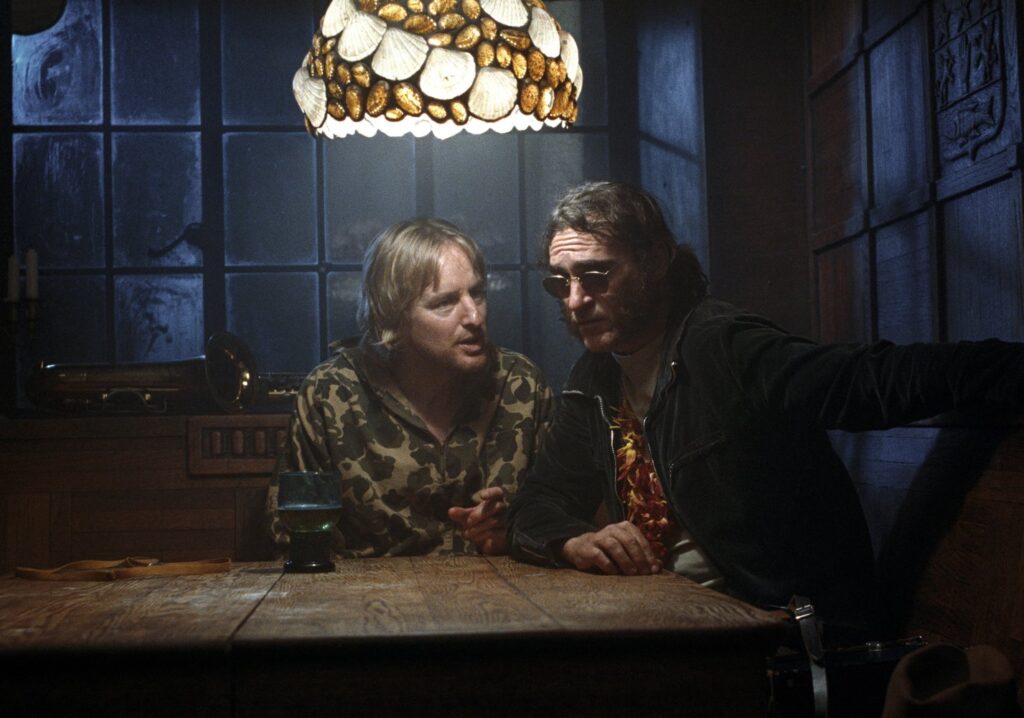
And like most of Anderson’s films, even this story was meant to be funny and mysterious, but it’s so confusing that even fans got lost. Too many side characters and weird moments made it hard to care about the main mystery. It’s Paul Thomas Anderson’s most chaotic film, lacking the emotional focus of his best work.
Plus, good luck figuring out how a heroin addict’s missing husband is connected to the real estate developer Mickey Wolfmann and a drug cartel known as the Golden Fang. Still, Phoenix gives a great, goofy performance, and the film’s hazy look perfectly captures the trippy, sun-soaked vibe of the era.
8. Alfred Hitchcock — Champagne
While fans of Alfred Hitchcock may have different opinions when it comes to his worst films, the director didn’t flinch while calling his 1928 silent film, Champagne, “the lowest ebb in my output”, while speaking with director François Truffaut (via Far Out). And that hatred stemmed from the narrative weakness which was a result of creative differences.
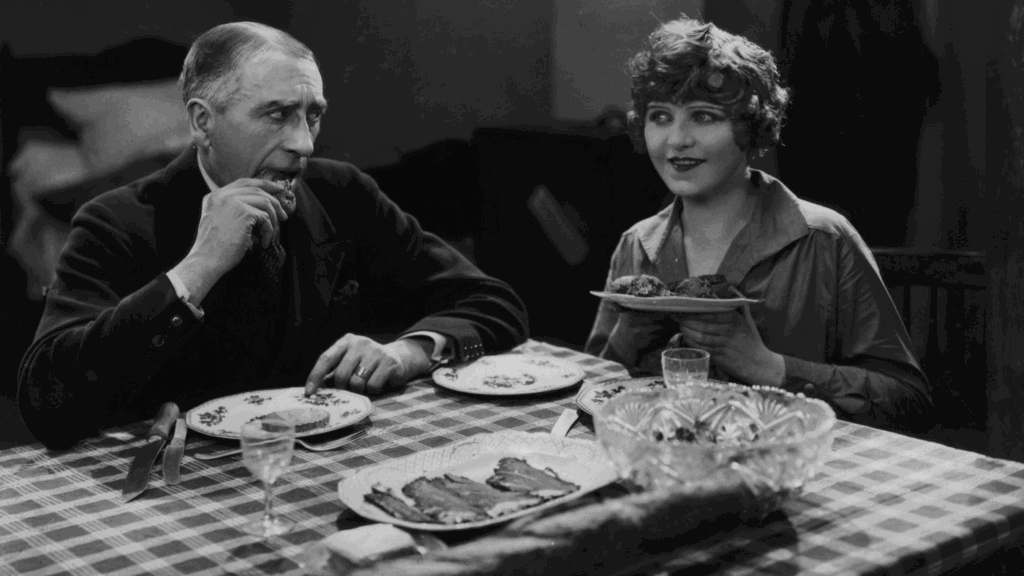
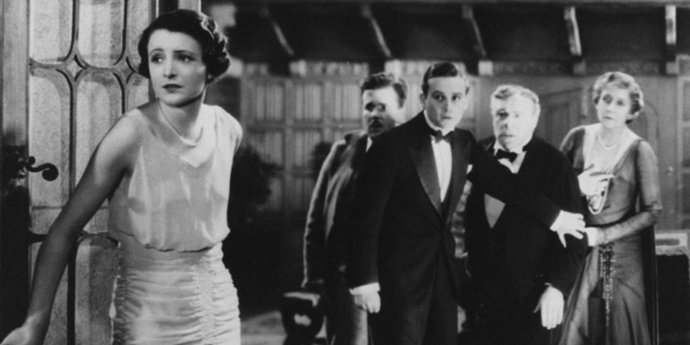
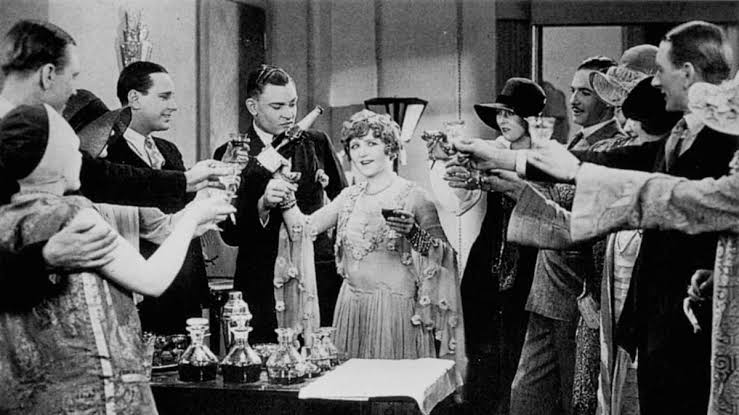
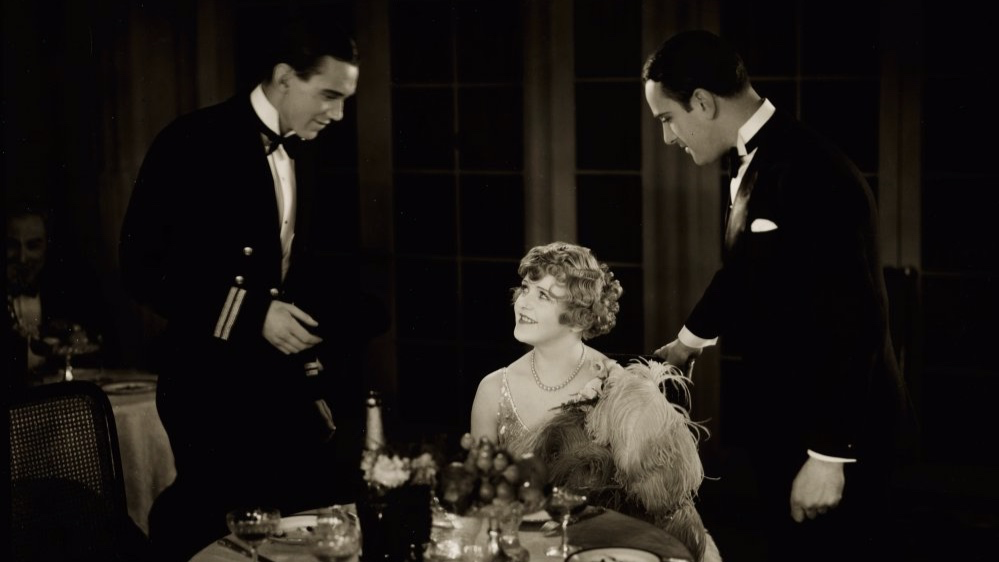
Overall, Champagne tells the story of a rich girl whose father pretends to lose his fortune, forcing her to work and learn the value of money. It’s meant to be a light comedy, but the plot feels weak and directionless. The jokes don’t land, and Hitchcock’s usual suspense and clever storytelling are completely missing.
Even the director later admitted the movie had “no story to tell”, thus turning Champagne into a frothy, high-society comedy. And it all happened after Hitchcock lost the battle for creative control, where he was enthusiastic about examining class differences. Still, the film shows hints of Hitchcock’s eye for visuals, with elegant camera work and stylish sets.
9. Steven Spielberg — 1941
After the critical and commercial success of Jaws and Close Encounters of the Third Kind, it seemed as though Steven Spielberg could do no wrong. But then came 1941, and the director proved that he can’t really do broad comedy. The film was a wild World War II comedy about Los Angeles going into chaos after hearing rumors of a Japanese attack.
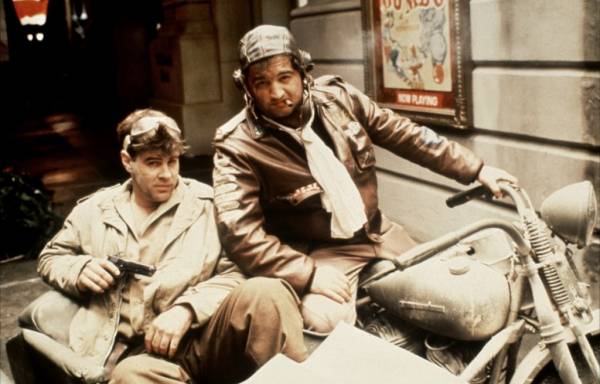
It featured tanks on streets, flying planes, and lots of shouting, but very few real laughs. Even though Spielberg rose to popularity for his perfect mix of drama and humor, he visibly struggled with pure comedy in 1941. The movie felt loud, messy, and over-the-top, wasting a great cast that includes John Belushi and Dan Aykroyd.
Still, the dance-filled USO scene is fun, and the film’s big sets show Spielberg’s ambition. 1941 proved that even great directors can miss the mark when trying too hard.
10. Francis Ford Coppola — Twixt
Twixt is one of Francis Ford Coppola’s most recent films, where he returned to the horror genre, one he had dabbled in before. The story follows a struggling writer who visits a small town and meets a mysterious girl connected to a strange murder. As he digs deeper, reality and dreams start to blur, leading to a confusing mystery.
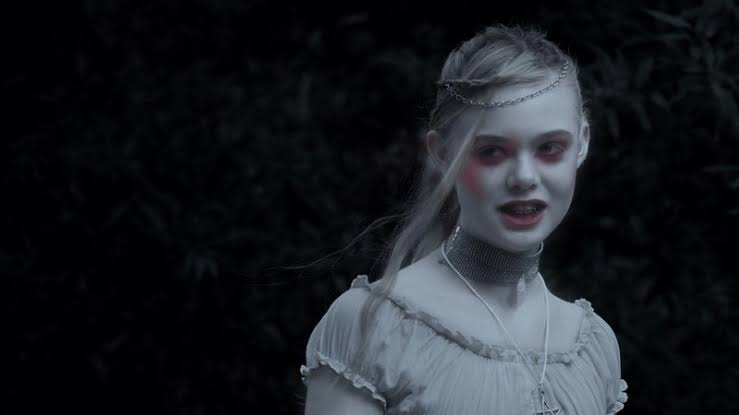
Now, while the plot seemed promising, Francis Ford Coppola seemingly messed things up when he tried to mix horror, fantasy, and emotion, so much so that the story turned out to be uneven and hard to follow. The pacing started dragging, and the dialogue between Val Kilmer and Elle Fanning often felt awkward.
Still, Coppola’s bold use of digital effects and haunting visuals showed his willingness to experiment. Twixt may not work as a whole, but it proves that even late in his career, Coppola still took creative risks.
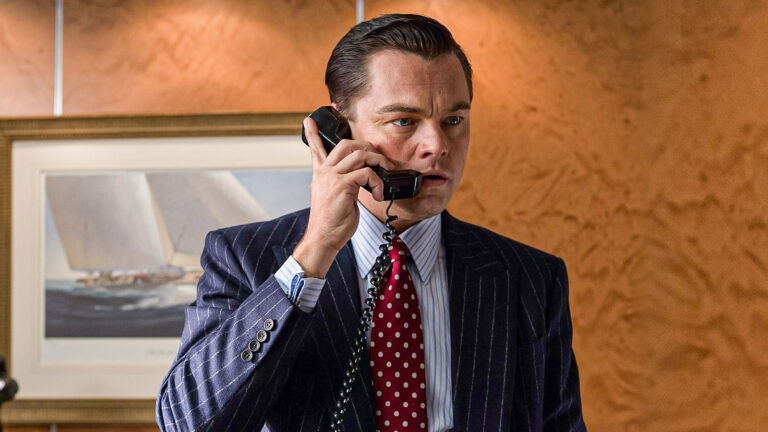
Leonardo DiCaprio’s Secret to Working With Best Directors Is Deceptively Simple
11. Stanley Kubrick — Fear and Desire
While it might be a hostile thing to call Stanley Kubrick’s feature film debut, Fear and Desire, as his worst work, it deserves it. It narrates the tale of a group of soldiers trapped behind enemy lines during a fictional war, where they struggle to survive and face their own fears. Now, while the plot is fine, the execution was rather clumsy and confusing.
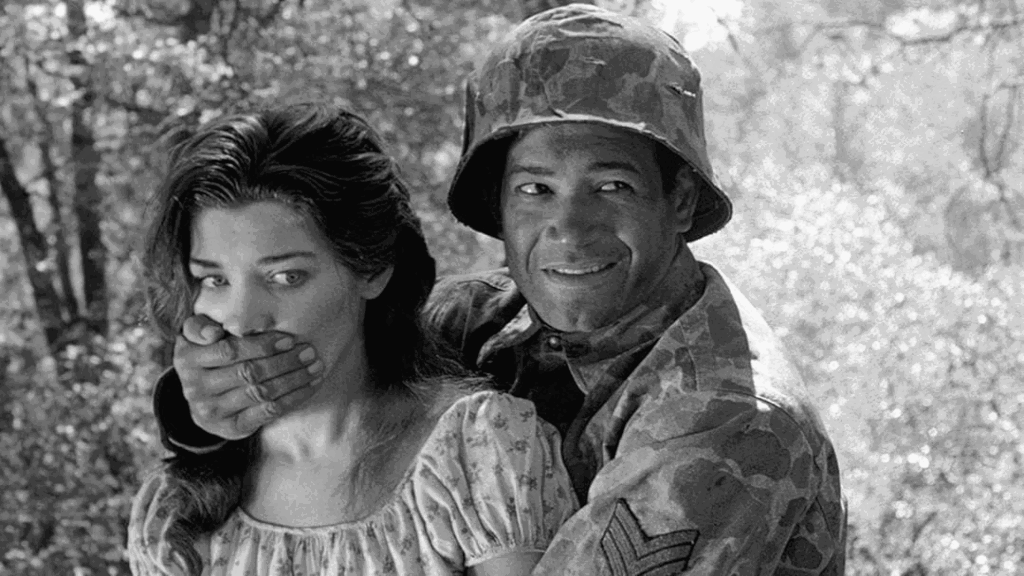
Plus, the movie had a myriad of aesthetic experiments where Kubrick was still trying to find his ground. In this movie, the dialogue felt awkward, and the tone shifted too often, making it hard to take it seriously. The director clearly hadn’t found his voice yet, and the movie lacks the control and precision of his later masterpieces.
Which is why it’s easily Kubrick’s worst narrative motion picture. Still, it’s visually impressive for a debut, showing early signs of his talent with lighting and framing. Fear and Desire is messy, but it’s where his genius began.
12. Akira Kurosawa — The Men Who Tread on the Tiger’s Tail
Even though Akira Kurosawa later became the master of the period drama, his earlier films like The Men Who Tread on the Tiger’s Tail felt like a mish-mash of ideas and concepts. Overall, the film followed a group of samurai disguised as monks, trying to sneak past enemy soldiers after their lord’s defeat.
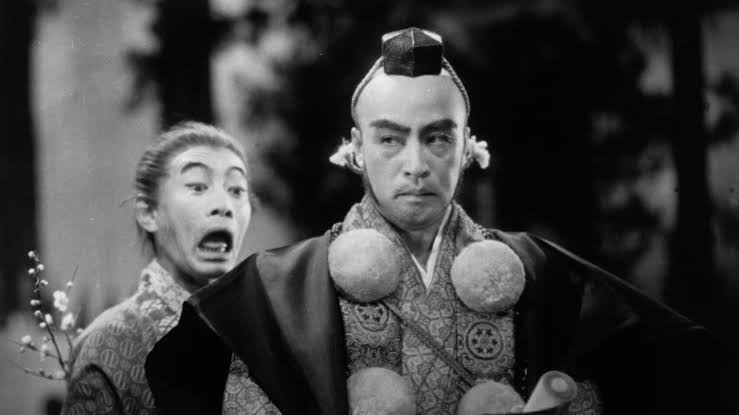
Now, while the story felt short and simple, it had little of the emotional depth or tension that Kurosawa is known for. Plus, the pacing felt slow, and the film lacked the visual power and complexity of his later masterpieces like Seven Samurai. It’s clear Kurosawa was still finding his style here.
Still, the film’s clever disguise plot and strong performances make it worth a look for completists. It was a minor stumble from a soon-to-be legendary filmmaker.
13. James Cameron — Piranha II: The Spawning
While James Cameron might be renowned for Titanic, even this legend had to start somewhere. Turns out, the filmmaker kicked off his directorial career with this shoddy sequel to the creature feature Piranha. And just like that Piranha II: The Spawning turned out to be one of Cameron’s worst films.
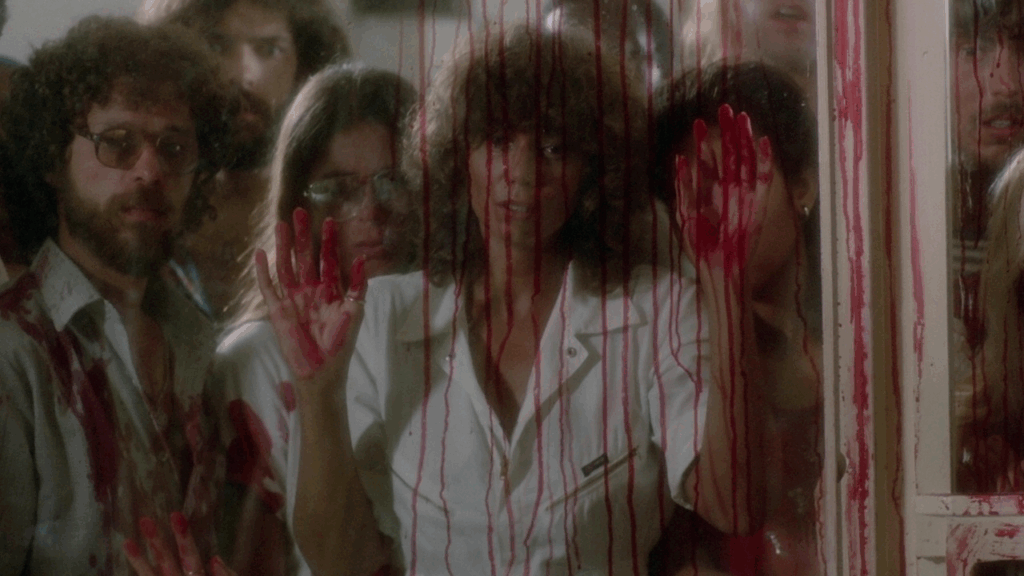
It follows a diving instructor who discovers that flying killer fish are attacking people near a Caribbean resort. With help from her boyfriend and ex-husband, she tries to stop the deadly creatures before it’s too late. And while the plot had ample scope, the movie turned out to be messy, full of bad effects, weak writing, and over-the-top scenes that make it hard to take seriously.
It doesn’t feel like a James Cameron film at all, since he had very little control over it. Still, you can spot small hints of Cameron’s talent for tension and underwater scenes, skills he’d later perfect in The Abyss and Titanic.
14. David Lynch — Dune
The 1984 version of Dune left a major stain on David Lynch’s career, so much so that he went on to distance himself from the project. In retrospect, Lynch even accepted that making Dune was a mistake (via Far Out). The filmmaker admitted that he “probably shouldn’t have done that picture” and “it’s no one’s fault but my own”.
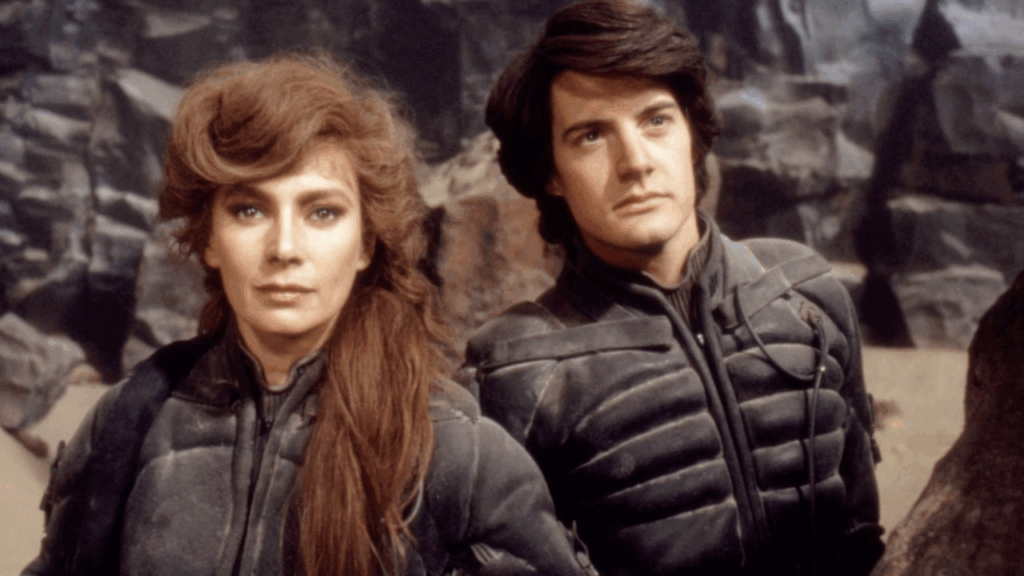
At its core, Dune (1984) tells the story of Paul Atreides, a young man who travels to the desert planet Arrakis, where a powerful spice controls the universe. As Paul faces betrayal and war, he learns about his destiny among giant sandworms and strange powers. But unlike Frank Herbert’s story, the film feels confusing and rushed.
Meanwhile, given how Lynch tried to fit too much story from the huge novel into just two hours, Paul’s journey became more like a tour than a prophetic adventure. Still, David Lynch’s Dune looks stunning, with amazing sets, costumes, and visuals that show his unique imagination, even if the story never fully comes together.
15. Wes Anderson — The Life Aquatic With Steve Zissou
Despite being a follow-up to the Oscar-nominated The Royal Tenenbaums, we believe The Life Aquatic With Steve Zissou failed to stand on the same level. Following the story of an ocean explorer, Steve Zissou, who sets out to hunt a shark that killed his partner, the movie stars lead actor, Bill Murray, as an undersea documentarian.
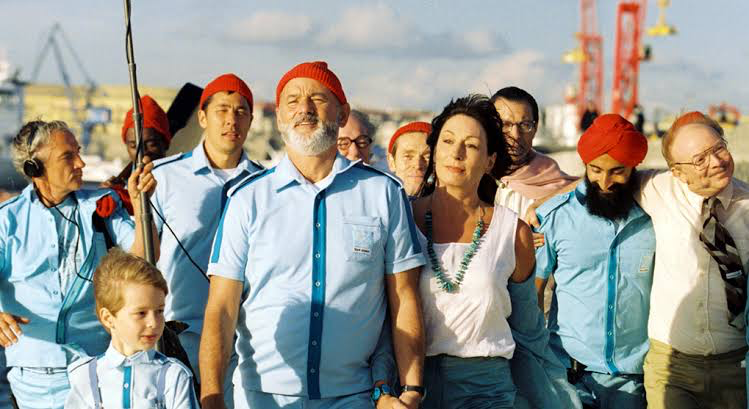
But sadly, he seemed nothing like a globe-trotting explorer-scientist, and instead, he just appeared in a funny hat. Meanwhile, along the way, Murray’s character met a man who might be his son and even faced pirates, chaos, and emotional struggles. But what felt off was how he pointlessly acted like a jerk on his private island and on his awesome boat.
Now, while the movie has Wes Anderson’s signature quirky style, it feels too slow and self-indulgent, losing the charm that made his earlier films special. The story drifts without much emotion, making it hard to care about the characters. Still, it looks beautiful, filled with colorful visuals, creative sets, and a dreamy soundtrack that captures Anderson’s artistic magic.
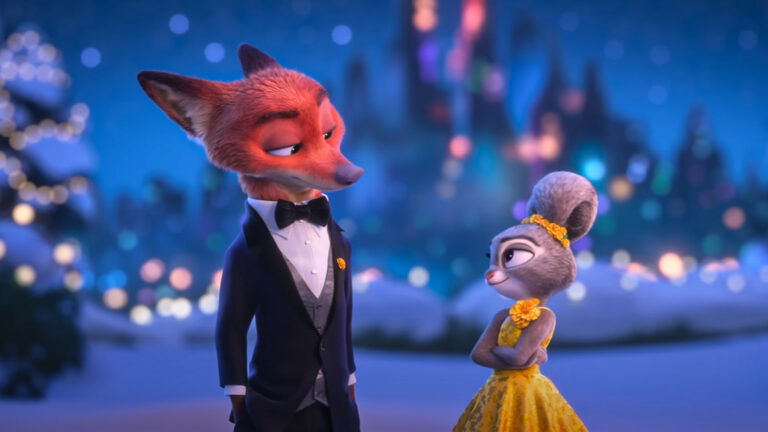
Zootopia 2 Directors Won’t Ignore Judy and Nick’s Undeniable Chemistry in Sequel
16. Spike Lee — Miracle at St. Anna
Known for hits like BlacKkKlansman and Malcolm X, no one expected Spike Lee to fail at making a story about African-American soldiers during World War II, and instead end up with a cheesy World War II melodrama. But turns out he faltered with Miracle at St. Anna, which became an almost laughably over-the-top account of a regiment of Black soldiers protecting an Italian village.
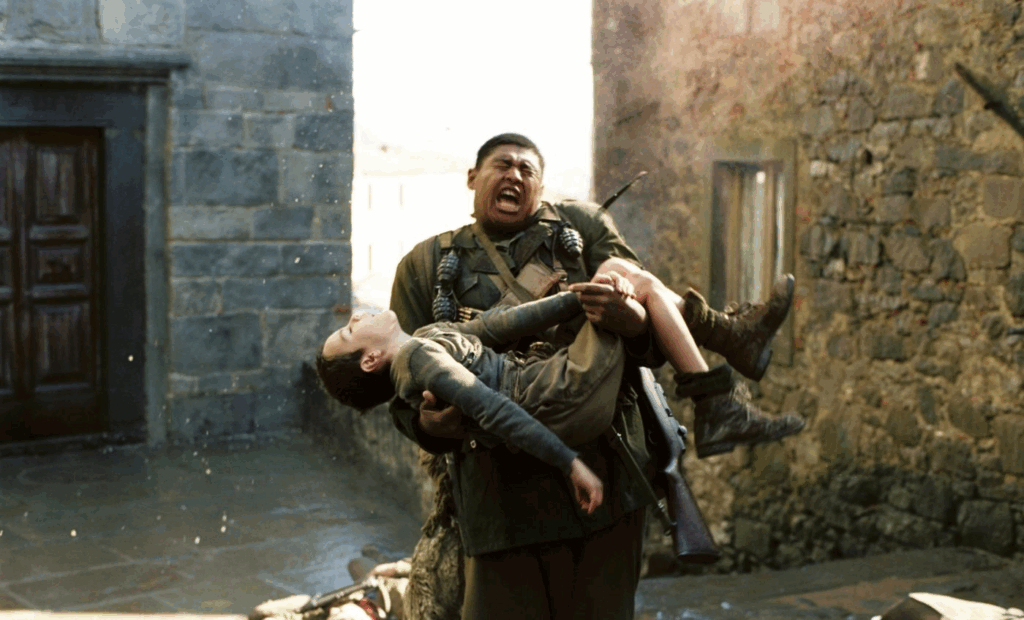
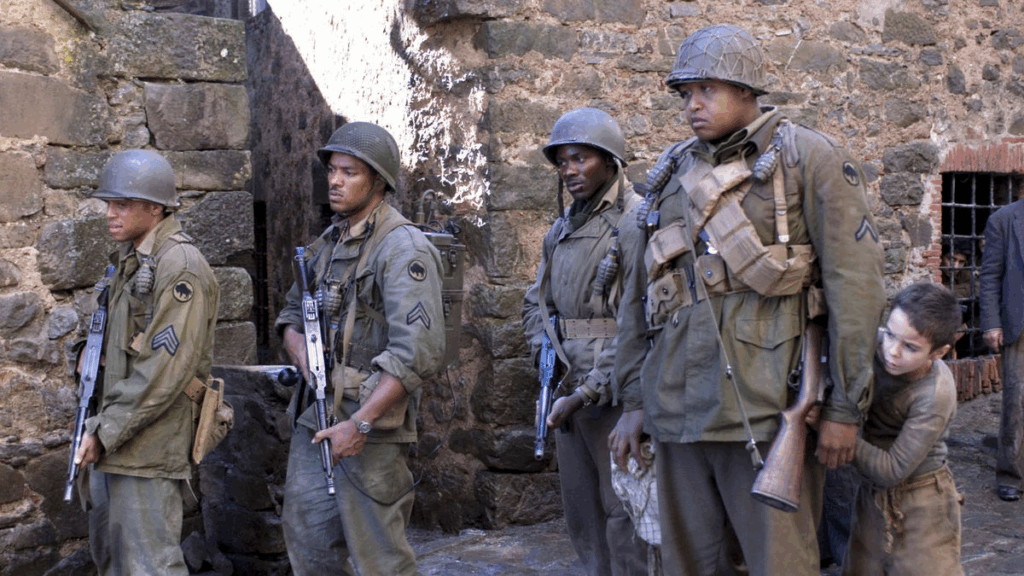
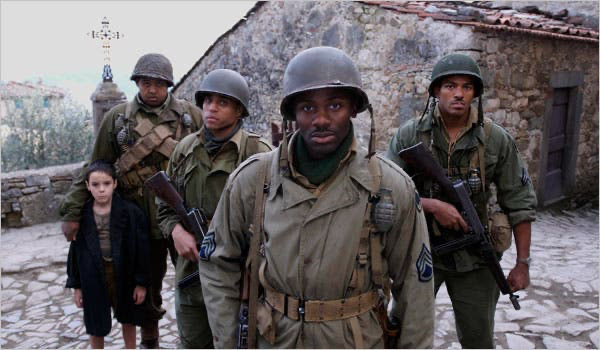
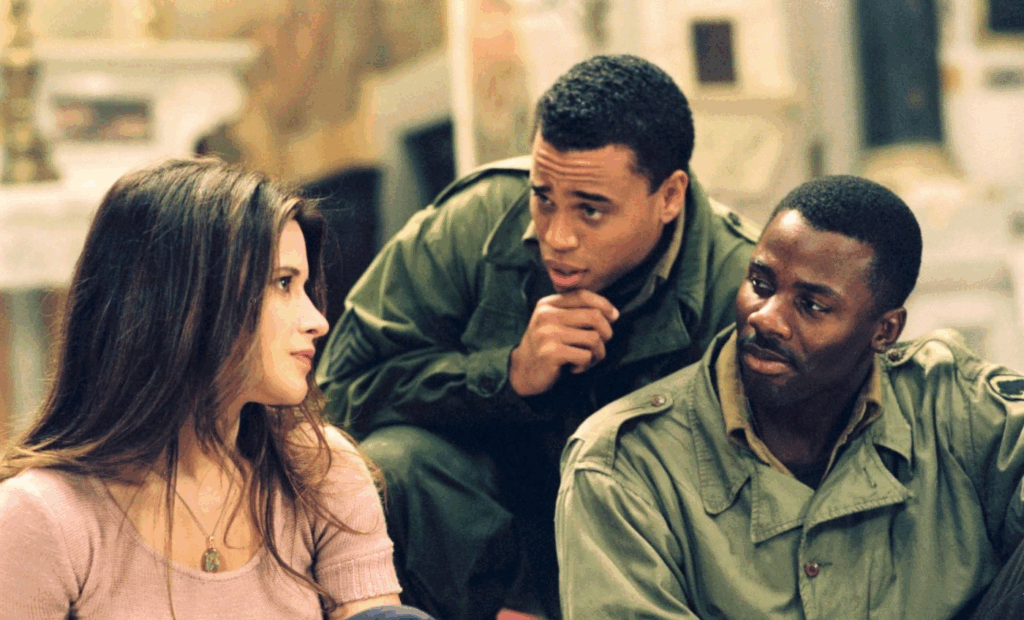
Though Lee made the movie to show that Black soldiers were in the war, too, and that their stories deserve recognition, Miracle at St. Anna failed to highlight the soldiers’ bravery and instead struggled with a messy plot and overly dramatic storytelling. In fact, a considerable chunk of the film doesn’t even reference the cultural troubles African-American soldiers went through.
Instead, the film relied on cheap emotional manipulation and a bunch of cardboard cutout characters. This made the pacing feel slow, and the emotional moments seemed forced rather than powerful. Still, Spike Lee’s passion for telling forgotten stories stands out, and the movie has a few touching scenes that show humanity even in the middle of war.
17. Hayao Miyazaki — The Boy and the Heron
When it comes to Hayao Miyazaki’s films, it actually becomes a struggle to determine which one might be his worst. Because honestly speaking, there ain’t any. But if we still have to choose, it’ll probably be The Boy and the Heron; the movie that follows Mahito, a young boy grieving his mother’s death during wartime.
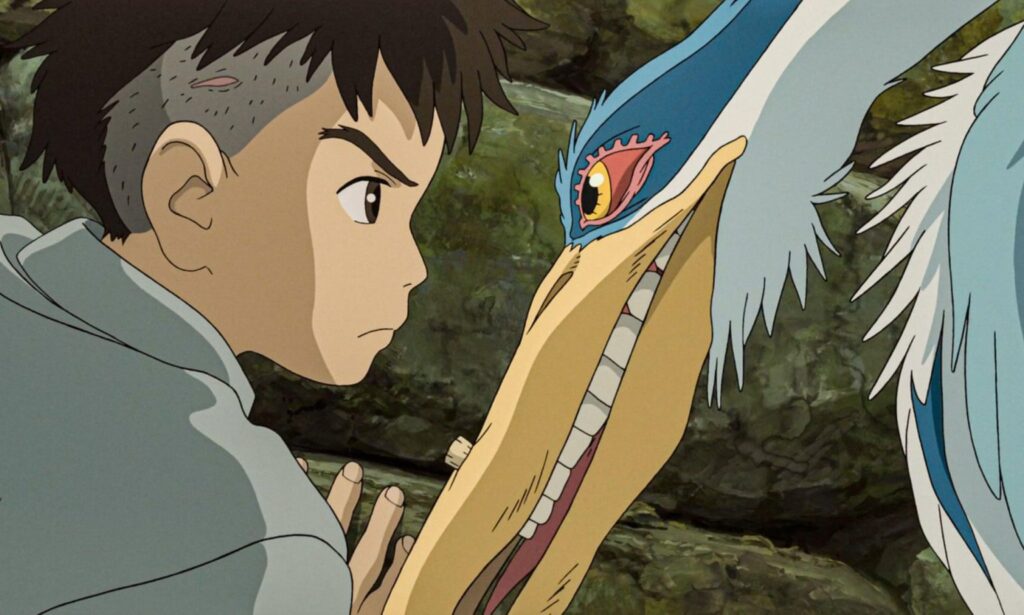
Soon, we see that when a talking heron tells Mahito she’s alive, he enters a strange, magical world filled with mysterious creatures and symbols, to save her. Now, while the film looks visually stunning, the second half becomes rather confusing. Unlike Spirited Away or My Neighbor Totoro, where fantasy and emotion blend perfectly, this movie makes it hard to follow.
Overall, the story starts strong, but once he enters the strange, magical world with a mix of dreamlike scenes, things quickly fall apart. And guess what? The film’s second half is filled with dreamlike scenes that don’t connect clearly. This is what makes The Boy and the Heron distant and overly complicated
However, the animation is breathtaking, and the emotions behind grief and healing are deeply touching. Even if it’s Miyazaki’s most puzzling film, it still shows his unmatched imagination and heart.
18. Coen Brothers — Intolerable Cruelty
People might have differing opinions regarding the Coen brothers’ worst movie. Some might consider The Ladykillers as the most disappointing film from the directors, but we believe Intolerable Cruelty is by far the worst. After all, the Coen brothers weren’t originally associated with the film.
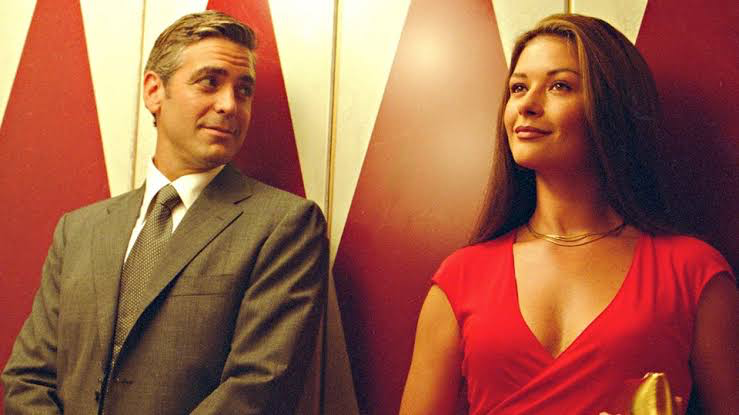
Instead, they were originally hired to polish the script to help sell the film to other directors (via Gold Derby). But eventually, the script found its way back to them, resulting in an odd for-hire work that has a lot of their quirk, but little of their heart. Starring George Clooney and Catherine Zeta-Jones, the film follows a clever divorce lawyer, Miles, who falls for a gold-digging woman, Marilyn, while she schemes to take her husband’s money.
Herein, the Coen brothers’ usual dark humor and precise storytelling feel uneven and forced. Even the comedy doesn’t always work, and some side characters seem out of place, leading the story to never fully click. Still, the film has witty dialogue, and the clever romantic battles are fun to watch. Intolerable Cruelty shows glimpses of Coen magic but never reaches their usual brilliance.
19. Clint Eastwood — The Rookie
Perhaps one of the most bizarre pairings in cinema came when Clint Eastwood joined forces with Charlie Sheen in his buddy action film, The Rookie. The 1990 movie narrated the tale of a veteran cop paired with a young detective, to stop a crime spree. Now, turns out, just like the bland plot, even the movie felt unworthy of people’s time.
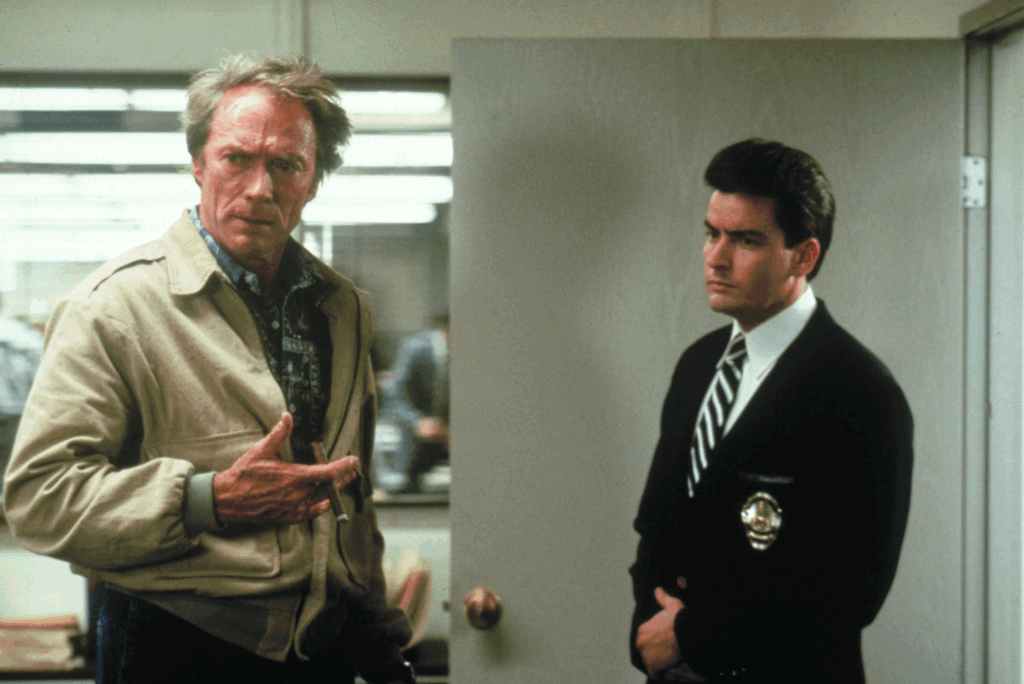
The Rookie mixed action, buddy comedy, and drama, but unfortunately, none of it worked well. Naturally, the story felt thin, the pacing felt uneven, and Eastwood and Sheen delivered almost no chemistry, making the film hard to care about. In the end, it became more like a copy of popular action films than a true Eastwood project.
Still, the film featured some exciting chase scenes, and the experienced cast tried their best. But despite the best effort, The Rookie became forgettable, showing that even great directors can stumble.
20. Peter Jackson — The Lovely Bones
So far, with the films, we’ve established that this list is subjective. But when it comes to Peter Jackson’s worst movie, we would like for you to know that this choice is rather objective. While he delivered masterpieces like The Lord of the Rings trilogy and even a few standalone films, The Lovely Bones turned out to be an absolute mess.
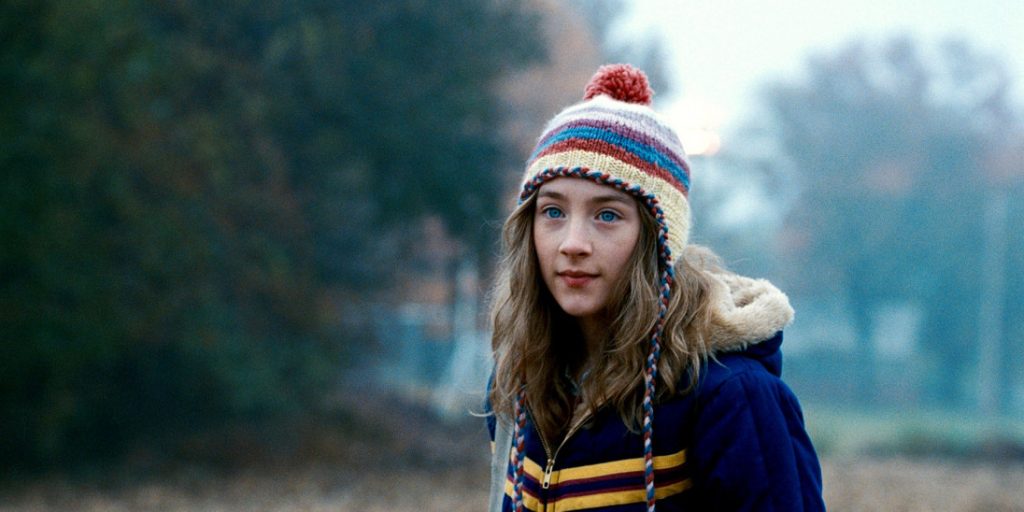
The story follows Susie, a young girl who is murdered and watches from the afterlife as her family struggles with her death. Now, based on this storyline, while the movie tried to be magical and emotional, it ended up being uneven and confusing. Plus, Susie’s arc felt far removed from a story about a child-killing psychopath.
Not to mention, the film ends without justice or closure. Audiences are simply left to be content knowing that Susie managed to break through her immortal coil for the sole purpose of kissing a teenage boy, through someone else’s body. Key parts, like justice for Susie or her family’s healing, are ignored, leaving the film frustrating and hollow.
Still, Saoirse Ronan gives a strong performance, and the visuals of the afterlife are beautiful and imaginative. The Lovely Bones has style, but the story just doesn’t work.
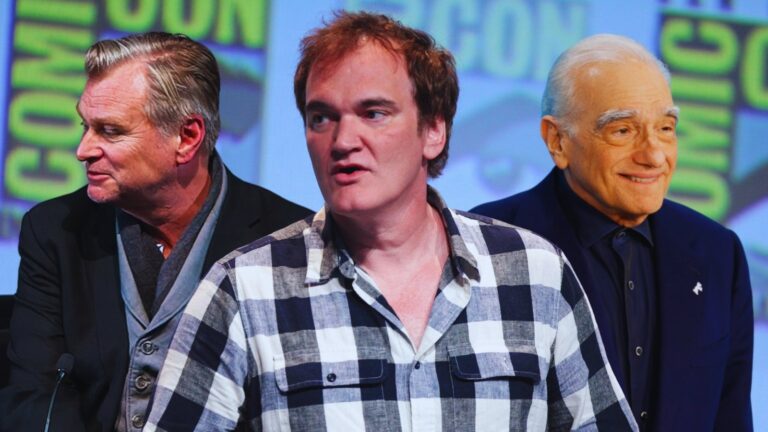
5 Living Directors Who Are Actually Better Than Quentin Tarantino After His ‘Top 2’ Reveal
21. Brian De Palma — The Black Dahlia
Despite his quick rise to fame in the late 70s and early 80s, Brian De Palma has fallen off the critical and commercial radar in more modern times. And his 2006 movie, The Black Dahlia, probably became his worst project, making his downfall more prominent. The story followed two detectives investigating the 1947 murder of Elizabeth Short, a young actress in Los Angeles.
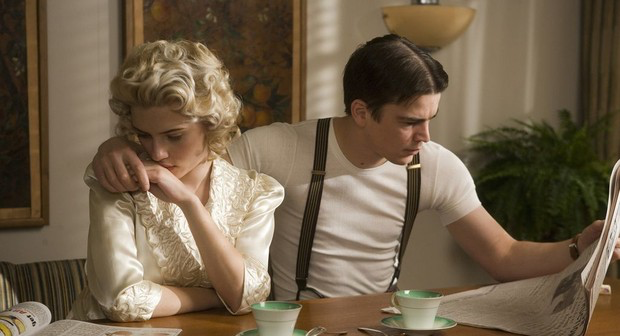
Overall, The Black Dahlia tried to capture the dark world of classic film noir, but the plot felt a little too convoluted for its two-hour runtime, which is why several plot points felt rushed or missing, especially since a full hour was cut from the director’s version. Even the third act seemed over-the-top and silly, making it hard to take the story seriously.
Still, the movie looks amazing, with beautiful cinematography and a moody, atmospheric setting. The Black Dahlia is stylish, but the story just doesn’t hold together.
22. Tim Burton — Planet of the Apes
You might not know this, but even Tim Burton has directed a Planet of the Apes movie starring Mark Wahlberg, prior to Andy Serkis and James Franco’s more popular iteration. But given how the film remains lesser known, Burton’s swing at bringing the campy sci-fi franchise into the new millennium ended up being a bad decision.
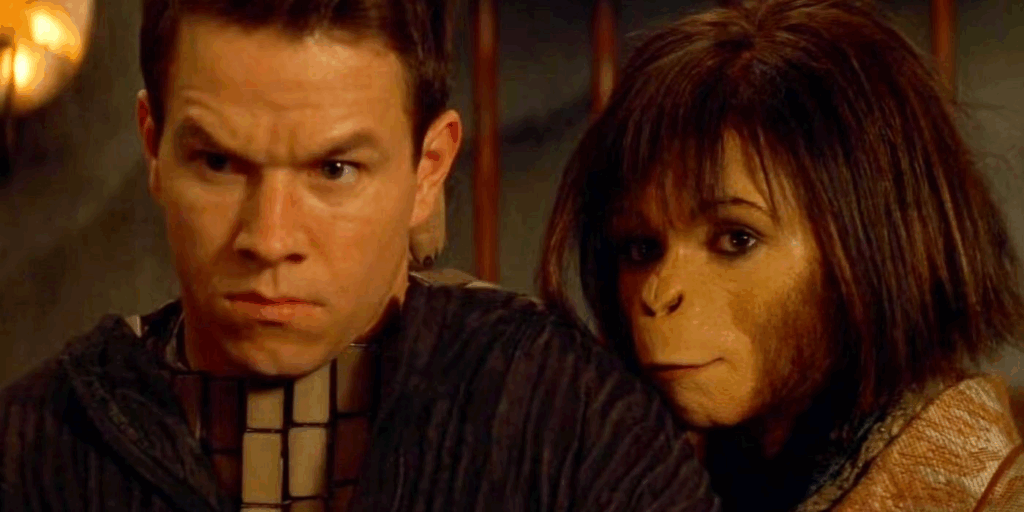
His version followed an astronaut, played by Mark Wahlberg, who crashed on a planet where apes talked, ruled, and kept humans as slaves. Burton’s version tried to update the classic story with modern makeup and visual effects, but it fell flat. The movie felt dull and generic, and the director’s usual quirky style seemed to be missing.
Additionally, Wahlberg’s performance was weak, and the story never felt exciting or fresh. Still, the makeup and ape costumes seemed impressive, and a few action scenes felt entertaining. Overall, the film is forgettable and doesn’t do justice to Burton’s distinct directorial skills.
23. Guillermo del Toro — Mimic
Often known for his gothic and sci-fi films, it’s hard to imagine that Guillermo del Toro might have a bad project in his filmography. But turns out, his 1997 movie, Mimic, ended up being his worst film. The story follows entomologist Susan Tyler, who creates an insect to kill a dangerous virus-carrying cockroach.
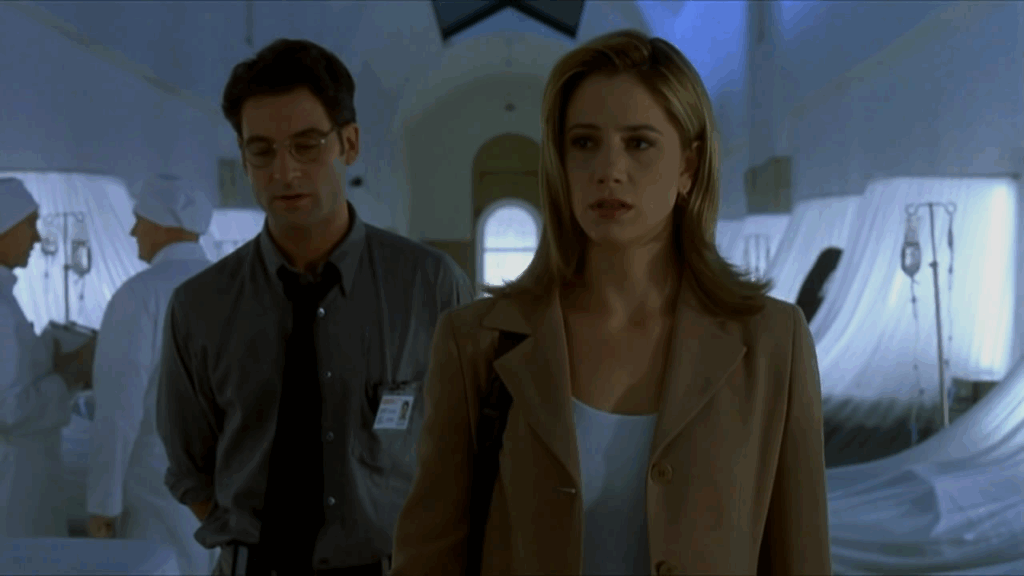
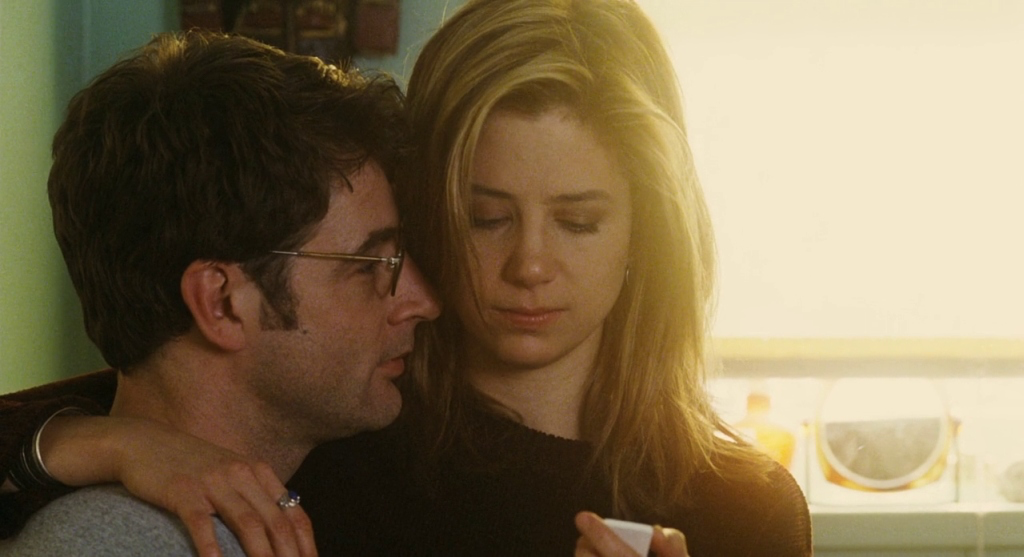
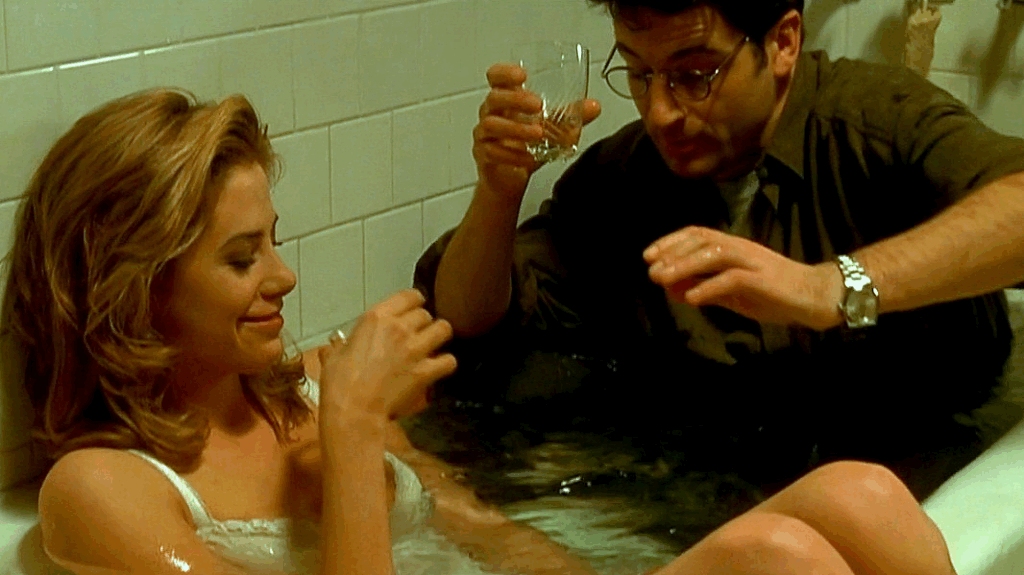
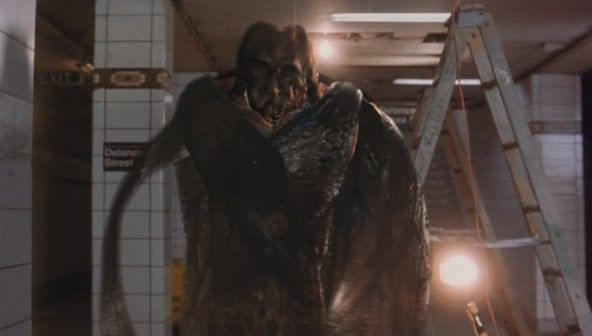
But the insect mutates, grows bigger, and spreads through New York City’s subway. The plot already feels very del Toro-like. So what exactly happened that turned the movie against his reputation? Well, speaking with Den of Geek, the filmmaker mentioned how he wanted the movie to have a careful pace and mood, but Harvey Weinstein interfered and controlled the film.
This eventually led him to fight with Weinstein throughout production over the film’s tone and pacing, which even led the infamous producer to attempt to fire the director. Naturally, after a hostile environment on set, del Toro did not get the final cut, which hurt the story and tone. Still, the movie shows glimpses of the director’s talent, with some cool monster designs and striking visuals.
24. David Fincher — Alien 3
David Fincher has literally distanced himself so much from Alien 3 that he doesn’t even count this as one of his movies. And we don’t blame him. After all, the movie has been a mess and the filmmaker struggled to shoot because the studio didn’t have a completed script while filming, and also interfered a lot.
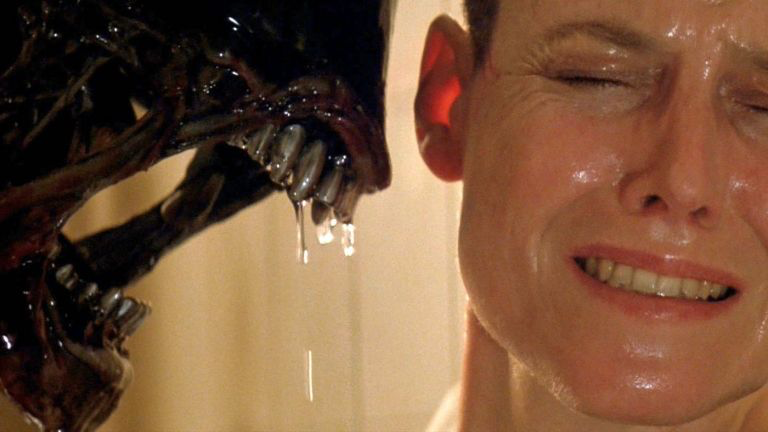
Overall, Alien 3 follows Ellen Ripley, played by Sigourney Weaver, as she fights a deadly alien on a prison planet filled with dangerous inmates. And turns out, these surreal scenes of battling the malevolent alien, contained moments of visual and emotional splendor, hinting at the talent Fincher would show in his subsequent work.
But otherwise, Fincher didn’t even get to finish editing, making the story messy and uneven, making it his worst film. Still, some parts are visually strong, with tense alien encounters and creative set designs. Even in its flawed state, Alien 3 shows hints of Fincher’s skill and dark style in filmmaking.
25. Richard Linklater — Bad News Bears
Okay, we may have started the list on a subjective note, but we’ll end it on an objective note, because when it comes to Richard Linklater’s filmography, Bad News Bears has to be the worst film. Despite being hailed for the Before trilogy and films like Boyhood, Linklater’s 2005 remake is just unnecessary.
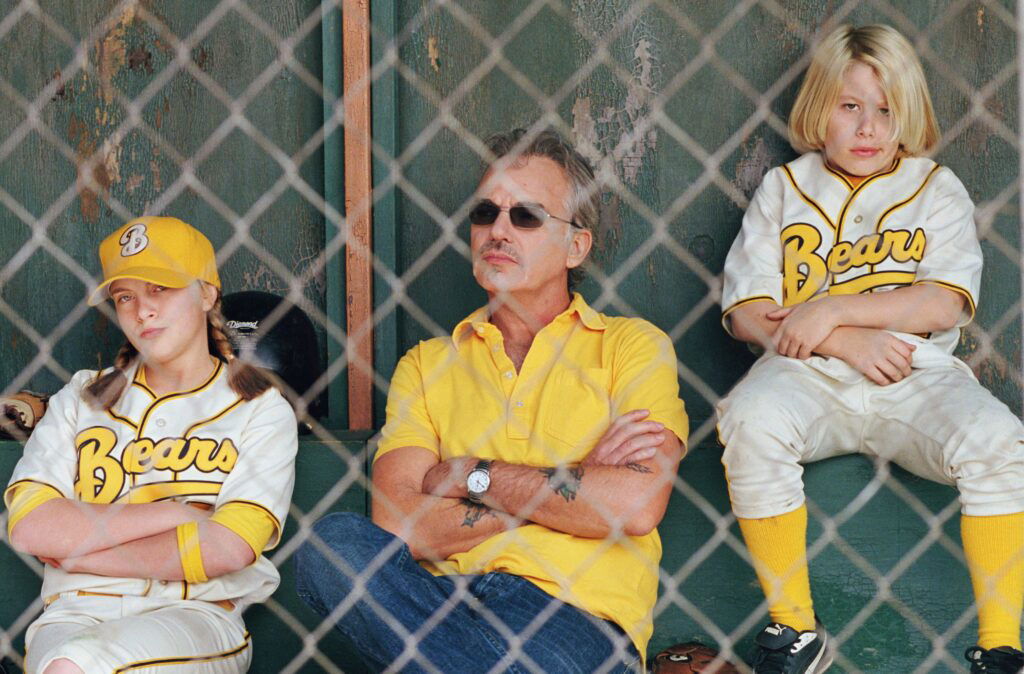
Bad News Bears tells the story of a grumpy alcoholic coach, played by Billy Bob Thornton, who leads a team of misfit kids in a Little League Baseball competition. At its core, the movie is a remake of the 1976 classic, but adds nothing new. In fact, it’s so similar in scenes and plot that Linklater’s version almost feels lazy and predictable.
Plus, the film also lacked the heart or energy that made the original funny and charming. And even though Linklater once played baseball himself, this movie turned out to be disconnected and dull. Still, Thornton delivered a decent performance, and the kids’ chaotic humor brought a few laughs. But overall, it’s a weak swing from a great director.
Let us know who your favorite director is and which film of theirs disappointed you the most.

